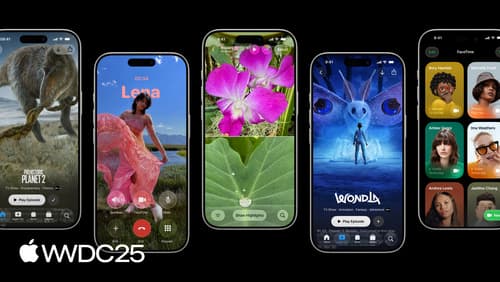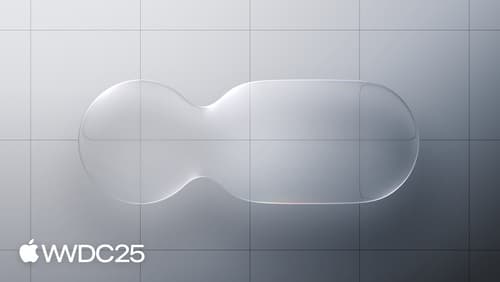what is glass ui?
Asked on 2025-06-11
1 search
Glass UI, specifically referred to as "Liquid Glass" in Apple's design language, is a new visual and interactive design element introduced at WWDC 2025. It is a dynamic, translucent material that creates a distinct functional layer in the user interface, floating above the content. This design element is used to enhance the visual depth and interactivity of apps across Apple's platforms, including iOS, iPadOS, and macOS.
Liquid Glass is designed to adapt to its environment, changing its appearance based on the surrounding content and lighting conditions. It provides a sense of elevation and separation between different UI elements, making it ideal for controls and navigation that need to stand out. The material is characterized by its specular highlights, refraction, and the ability to dynamically morph, creating a more fluid and organic interaction experience.
For more detailed information on Liquid Glass, you can refer to the session Meet Liquid Glass from WWDC 2025.

Build a UIKit app with the new design
Update your UIKit app to take full advantage of the new design system. We’ll dive into key changes to tab views, split views, bars, presentations, search, and controls, and show you how to use Liquid Glass in your custom UI. To get the most out of this video, we recommend first watching “Get to know the new design system” for general design guidance.

Meet Liquid Glass
Liquid Glass unifies Apple platform design language while providing a more dynamic and expressive user experience. Get to know the design principles of Liquid Glass, explore its core optical and physical properties, and learn where to use it and why.

Design widgets for visionOS
Learn how you can design beautiful widgets for visionOS 26 that blend effortlessly into someone’s surroundings. Discover how you can add depth to your widget design and customize materials, sizes, and styles for spatial computing. We’ll share how to adapt your existing widgets for visionOS, or design new widgets that feel like real objects.
